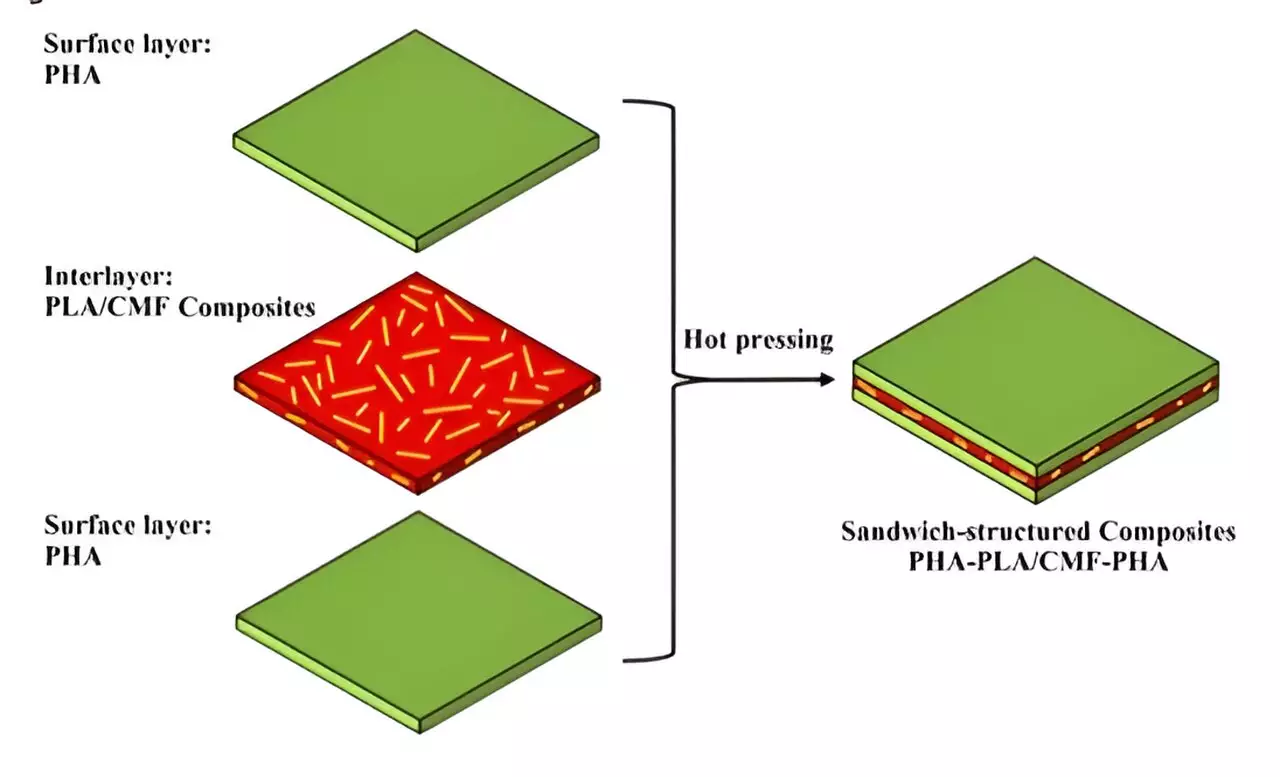The building envelope serves a vital role in protecting the occupants of a building from external factors such as sun, rain, wind, snow, and pollution. This passive multilayered element is crucial for maintaining energy efficiency and ensuring the health and comfort of residents. However, the occurrence of air leakage, heat transfer, and moisture diffusion can significantly impact the performance of the building envelope. For example, in cold climates, higher moisture concentrations on the interior of the building can lead to the migration of moisture through the walls, resulting in mold growth, insulation inefficiency, and material deterioration. Therefore, it is essential to develop effective barrier membranes to enhance the durability and stability of building envelopes.
Currently, the building industry utilizes various barrier membranes, including plastic sheeting and rigid foam insulation. Among these materials, polymers have gained popularity for constructing building envelopes due to their versatility. However, the excessive use of materials like polyethylene extruded sheets has detrimental effects on the environment. To address this concern, researchers have turned to biopolymers such as polyhydroxyalkanoate (PHA) and polylactic acid (PLA) as sustainable alternatives. Additionally, the integration of renewable cellulose-based fillers has shown promise in creating composite materials with enhanced properties.
In a recent study published in the journal Scientific Reports, Masoud Dadras Chomachayi and his research team at Laval University, Canada, introduced a novel sandwich-structured composite material for building envelopes. The researchers developed this composite by combining the surface layers of PHA with an interlayer made of PLA and cellulose microfibers. To improve the compatibility between the natural reinforcement and the polymer matrix, the cellulose microfibers underwent a sol-gel process, leading to enhanced hydrophobic characteristics and homogenous dispersion within the PLA matrix.
To assess the effectiveness of their composite, Chomachayi and his team conducted thermogravimetric analyses and observed improved thermal stability. They also enhanced the mechanical properties of the composite, increasing its tensile modulus and strength. Particularly, when untreated cellulose fibers were added to the composite, the water vapor permeability of the sandwich-structured composite increased. This finding highlighted the superiority of modified cellulose microfibers over untreated ones, showcasing their potential in developing efficient building envelopes.
The researchers extensively characterized the prepared sandwich composites, evaluating their morphology, thermal stability, mechanical properties, and vapor barrier performance. They investigated the surface morphology of cellulose microfibers before and after modification by using scanning electron microscopy. By incorporating silica nanoparticles through a sol-gel process, the researchers imparted roughness onto the cellulose fibers, resulting in improved performance. Fourier transform infrared analysis provided insights into the chemical structure of the modified cellulose microfibers.
The sandwich-structured membranes developed by Chomachayi and his team offer a promising solution for building envelopes. By incorporating PHA for its vapor barrier properties and PLA for its interlayer qualities, alongside modified cellulose microfibers, the composite membranes effectively regulated the migration of water vapor, preventing moisture accumulation and ensuring long-term stability of the building materials. The successful outcome of this study demonstrates the potential of biopolymers as sustainable alternatives to conventional petroleum-based materials in constructing buildings.
Future studies aim to further enhance the flexibility of these composite materials to expand their applications in the construction industry. By continually pushing the boundaries of materials science and technology, researchers may unveil further breakthroughs in building envelopes, making them more efficient, durable, and environmentally friendly. The evolution of building envelopes presents an exciting avenue for sustainable construction practices, offering the potential to reduce environmental impact while still satisfying the essential needs of occupants.


Leave a Reply